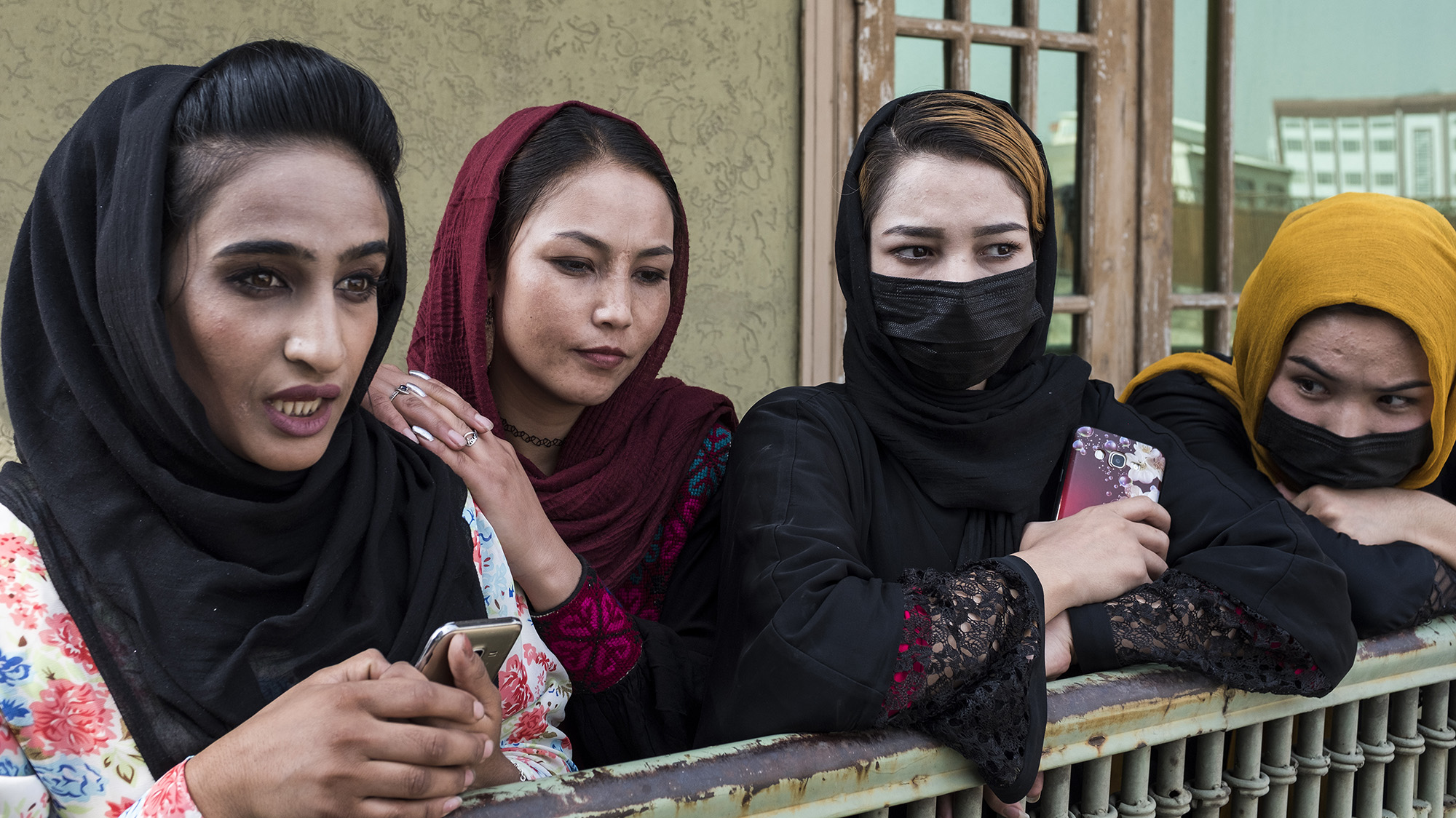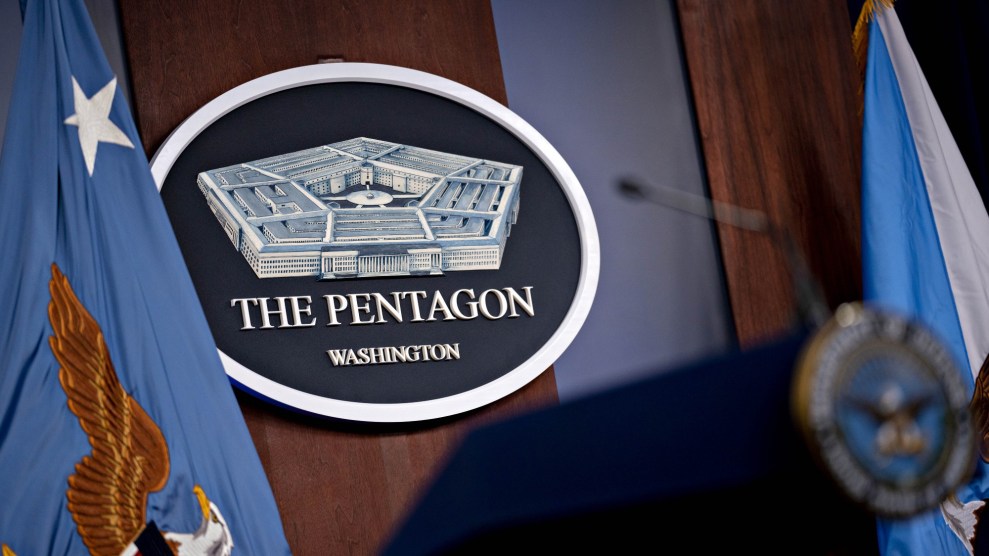Since November, I have spent most of my days sitting in various rooms just a short drive from my Maryland home with newly arrived Afghan families, those fortunate enough to have made it through the bloodied Kabul airport after the Taliban seized control of the country. Inside the rooms can feel like a world away from the highly trafficked suburb in which this safe haven sits, within walking distance of a small theater, a Metro station, and a showroom for kitchen remodeling.
I am part of a team of civilians working with the US Committee for Refugees and Immigrants to assess how people are coping after leaping headfirst into a world of uncertainty, having left family and friends behind in a dissolving homeland. We are there to listen and support, to look for those thrown off balance in hopes that we can catch them before they fall. I find myself connecting most easily with the women. They share the reasons they ran—the fear of being tortured or killed for having been part of the national army, the threat of being married off to a Taliban fighter, or the terror of worsening religious persecution. As we coax them to exhale their anguish and center their thoughts on the new opportunities at their tired feet, I see hesitation. They are worried, as am I, about what will become of their classmates, their colleagues, the loved ones they have left behind.
These photographs, shot in October by Mehri Jamshidi after the United States left Kabul, capture those suspended fates.
In conversations with Mehri, the women she photographed likened Taliban-controlled Kabul to Barzakh. In the Qur’an, Barzakh is the isthmus between the corporeal and ephemeral worlds. It is the place where the incapacitated souls of the dead linger, divorced from their physical bodies. Barzakh is likened to the place where fresh and salt waters intermingle but do not become one. Resident souls persist in this uneasy space, neither heaven nor hell, cognizant of their sins but without a redemptive path to Paradise.
The comparison to Barzakh would resonate with my relatives in Kabul. My husband’s cousin, the widowed breadwinner of her family, confided in a phone call that the Taliban had knocked on her door, wanting to recruit her sons. They also had plans for her college-age daughter—and made it clear that when they returned, they would not take no for an answer. Without passports or a path, the family could only go as far as an undisclosed location in Kabul. They are trapped, their spirits wanting to flee but their bodies incapable of acting on this intention.

Ameneh sits in her beauty salon with no customers. She says she cannot survive if the situation continues.
What place is there now in Kabul for them, or for a woman like Ameneh? The 23-year-old owner of a salon, she brushed a single, half-hearted coat of paint, a liquid burqa, over the poster of women on the door of her shop to avoid the critical gaze of the Taliban. She sits in her empty salon with the ghosts of the women who had once come to her to have their hair styled or their eyebrows shaped.
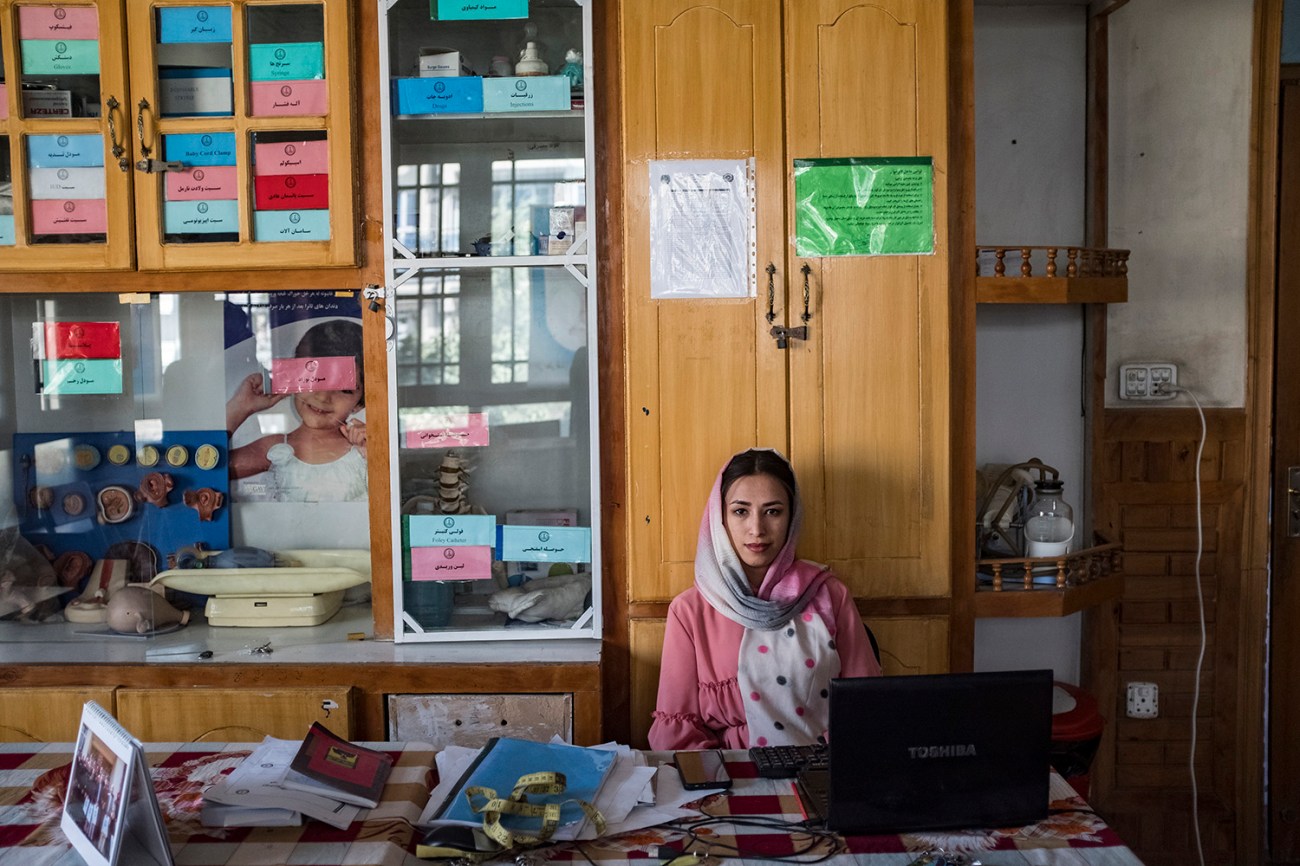
Fezeh established a fashion design brand company at which many women worked. Now, there is no need to dress trendy or in local Afghan clothes, and her small business closed.
Or a place for Fezeh? There is little market for her designing eye. The 23-year-old fashion creator’s business has dissipated, and the women formerly under her employ have lost their income. Many women have replaced their vibrant, trendy outfits with somber black dresses; one university student still in Kabul contacted me through social media. I asked her how she was faring, and she responded that she refused to change her clothing to Taliban standards. “This is my resistance,” she had declared in September, while the Taliban was insisting that students don black hijabs.
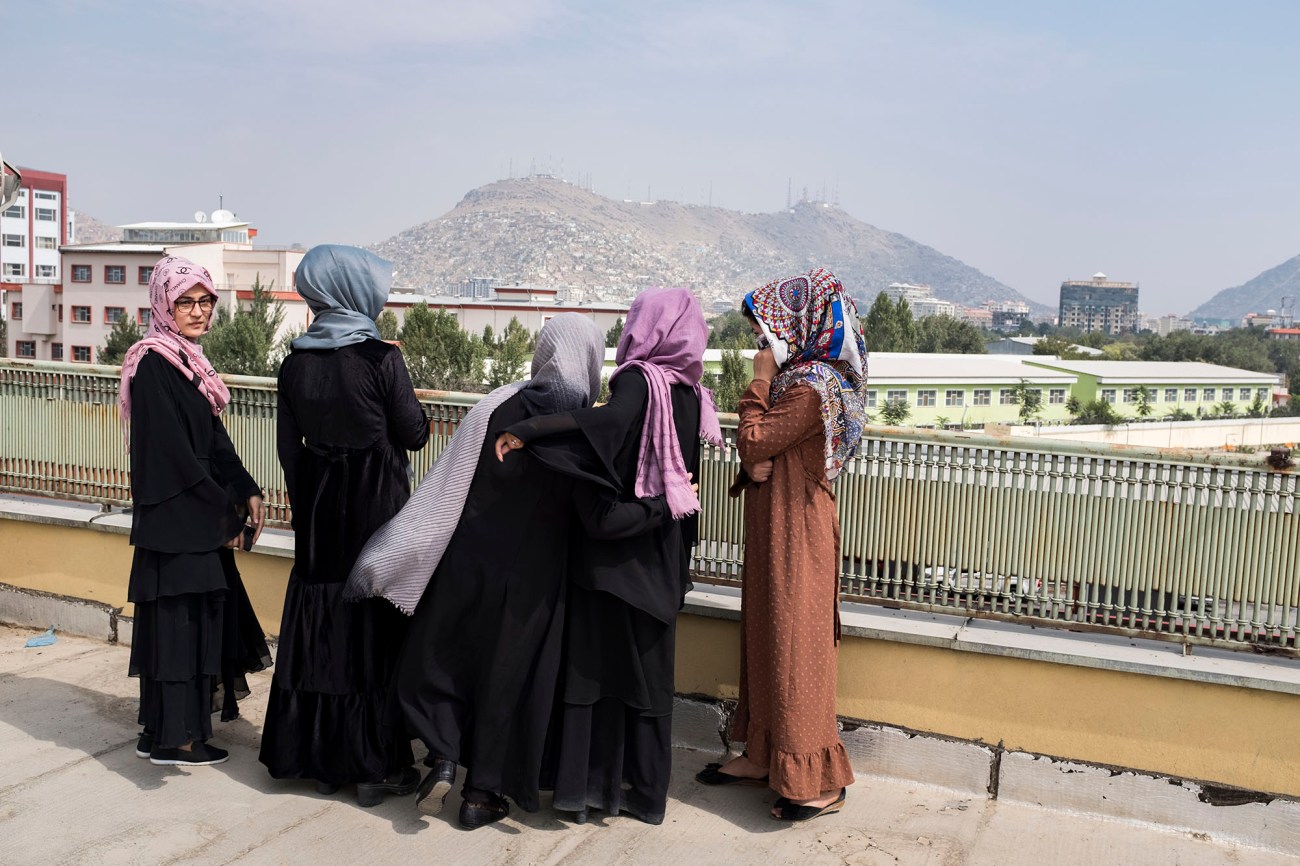
Girls now dress in long black clothes to avoid any encounter with the Taliban forces.
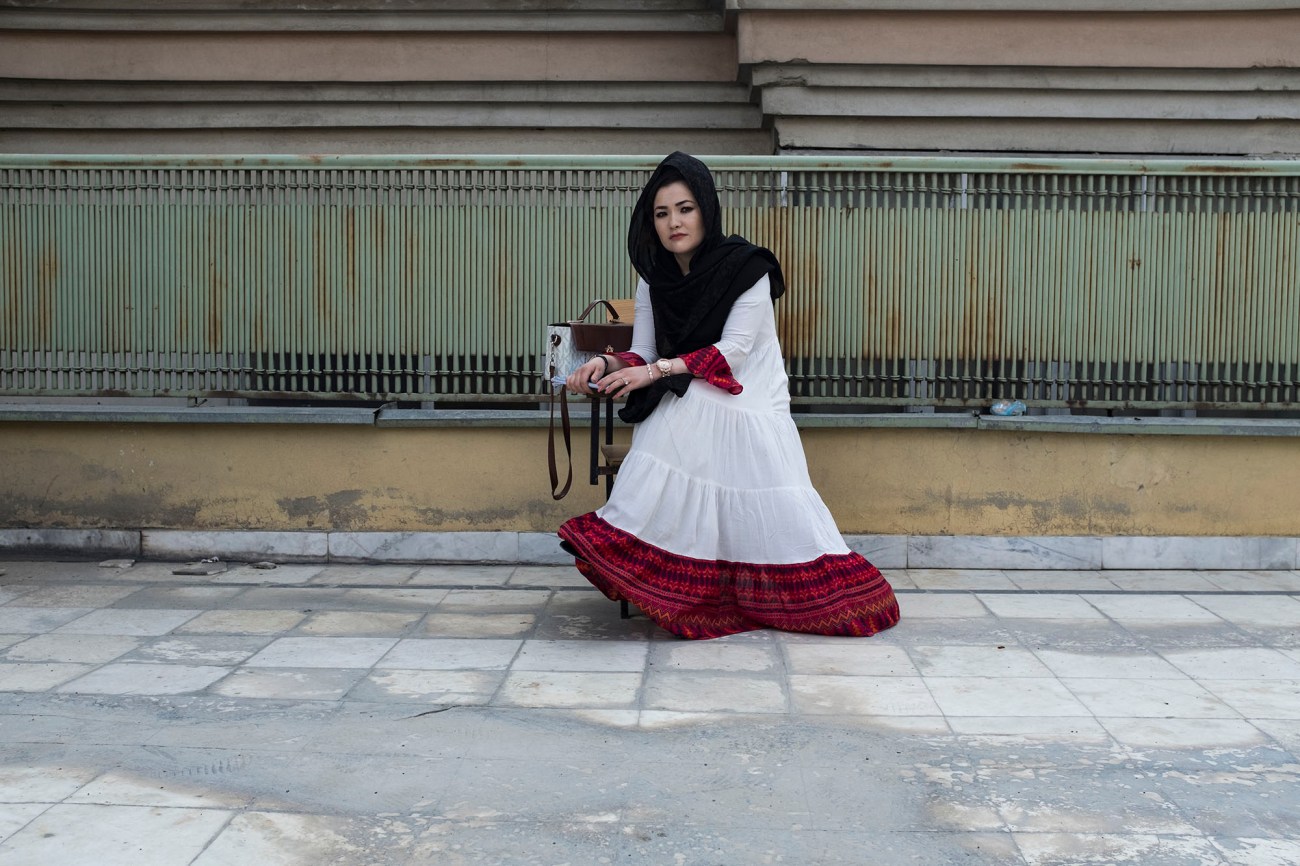
Tired of wearing black for more than a month, Fakhrieh, a dentistry student, put on a colorful dress.
At least young women like her could attend the university. Incomprehensibly, the Taliban has permitted women to attend university classes, but banned girls in many regions from going past sixth grade.
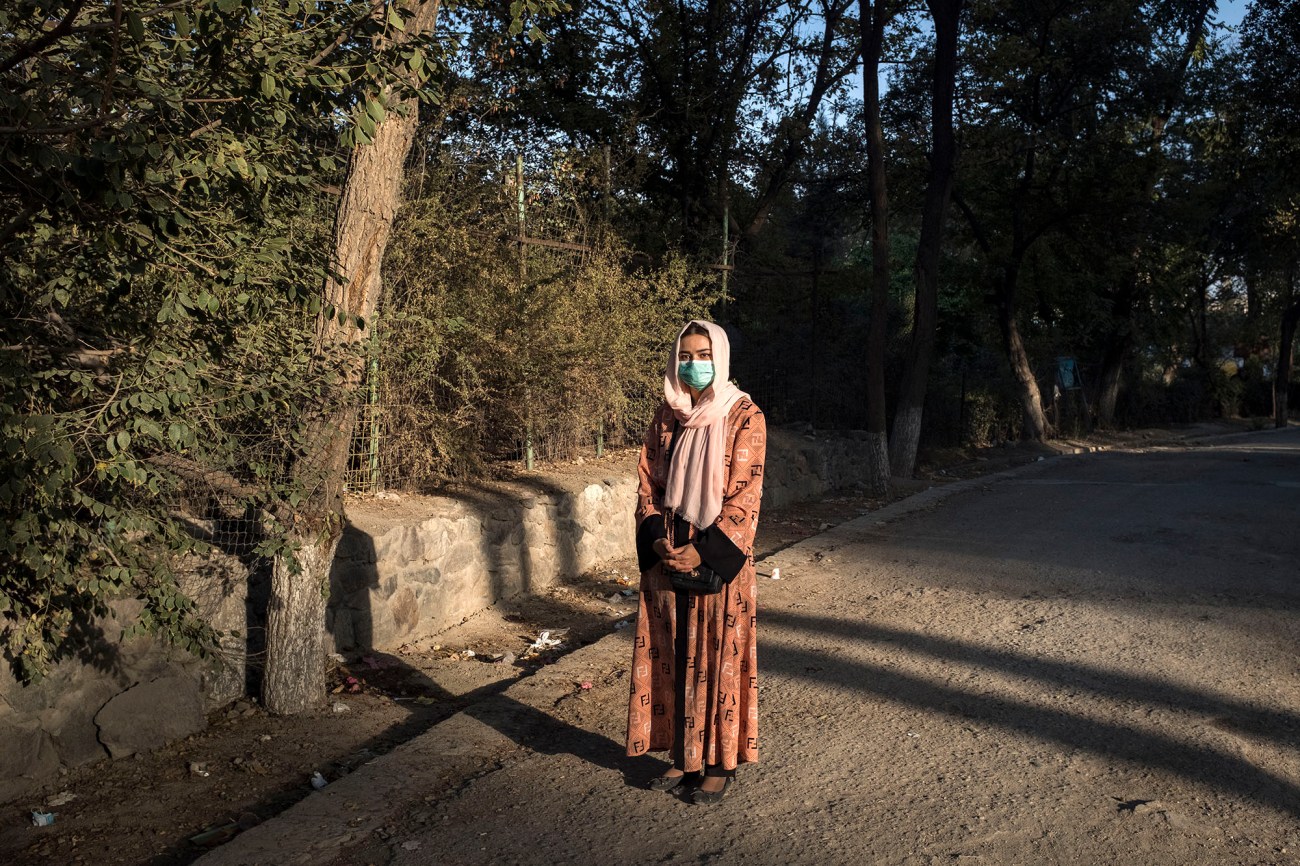
Asra, a 19-year-old, stopped during her last year of high school, after the Taliban banned women like her from continuing their education.
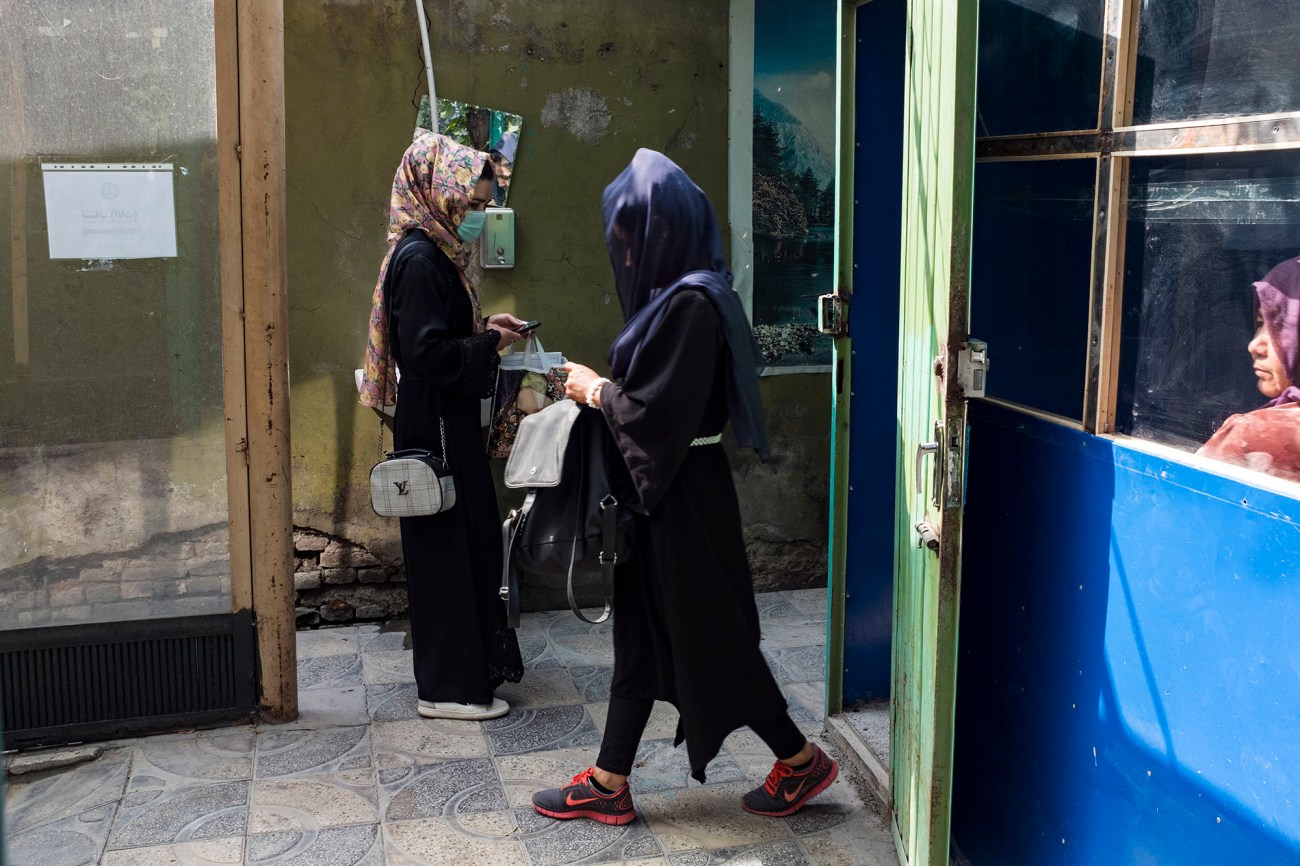
By rule of the Taliban, the entrance and exit doors of the universities must be separated by gender. The university chooses a makeshift entrance for female students until they make a proper one.
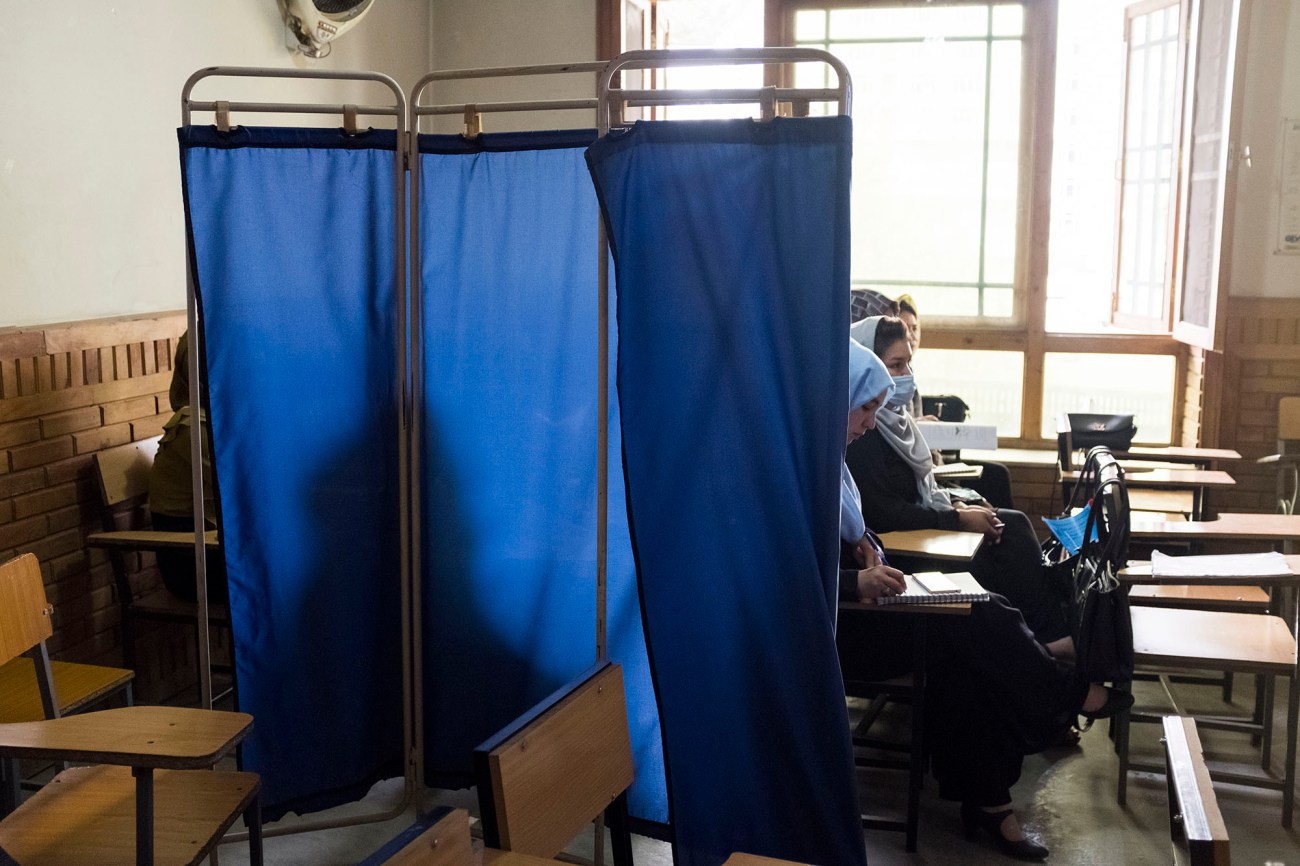
A curtain separates female students from male students in a classroom due to the new rules.
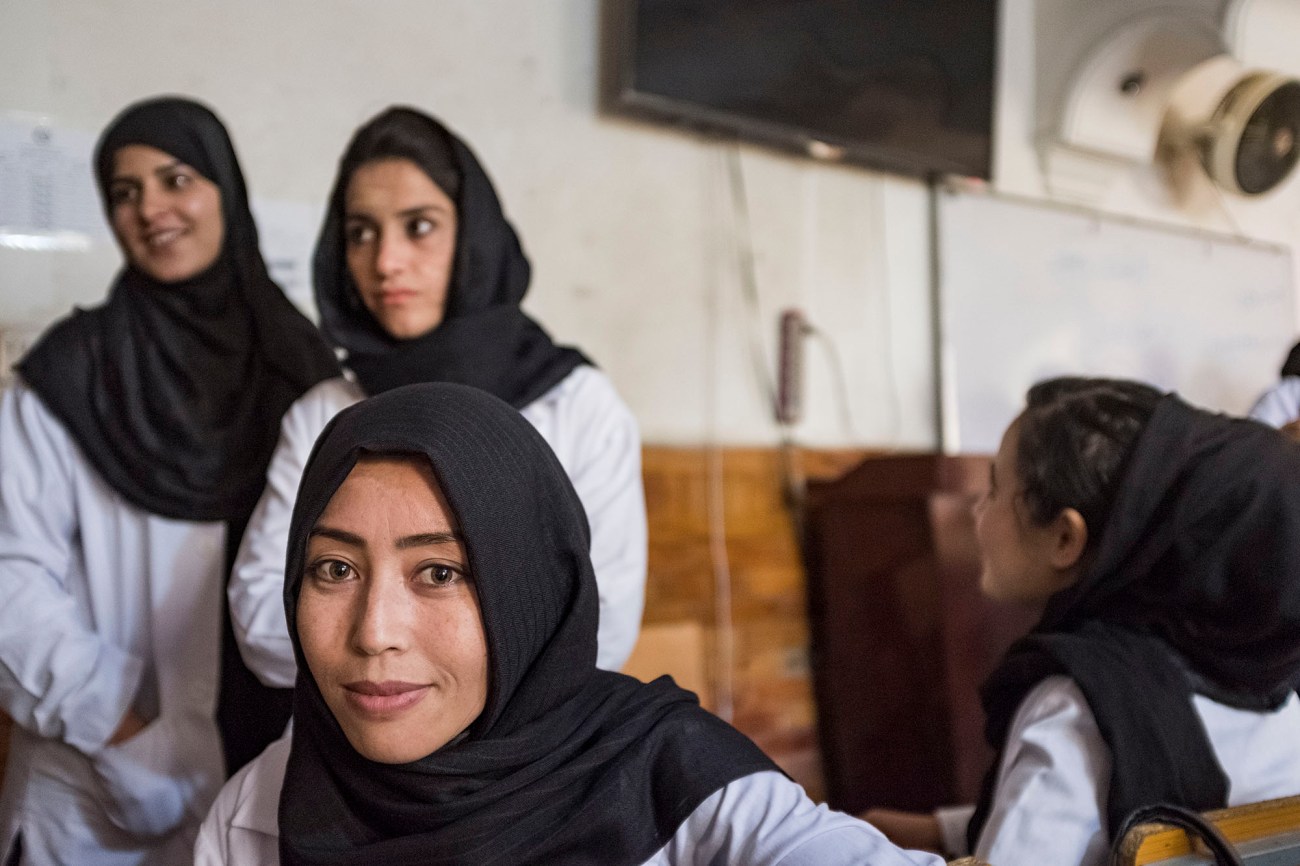
Students of midwifery believe their occupation is always needed and less likely to be affected by a Taliban restriction.
Among the evacuees I met in Maryland was an Afghan college student. Fluent in German, she favored a bold lip color and had already started contacting admissions offices of American universities. I also met a teenage girl who asked me for worksheets on polynomials; when I brought in a few pages of questions for her the next day, she beamed as if she had been reunited with long-lost friends.
The restrictions on female education, employment, and movement have left Afghan girls with desiccated ambitions, and entrepreneurial women with devastated household economies and disintegrating senses of self. Journalists were told not to return to their jobs, and a former parliamentarian recently described a Taliban laughing at her when she tried to attend a political speech. In some areas, a woman must be accompanied by a mahram, a close male relative, when she is outside her home. Even the company of a young son could assure the Taliban that a mother was being guarded by male eyes. Women are not meant to exist independently.
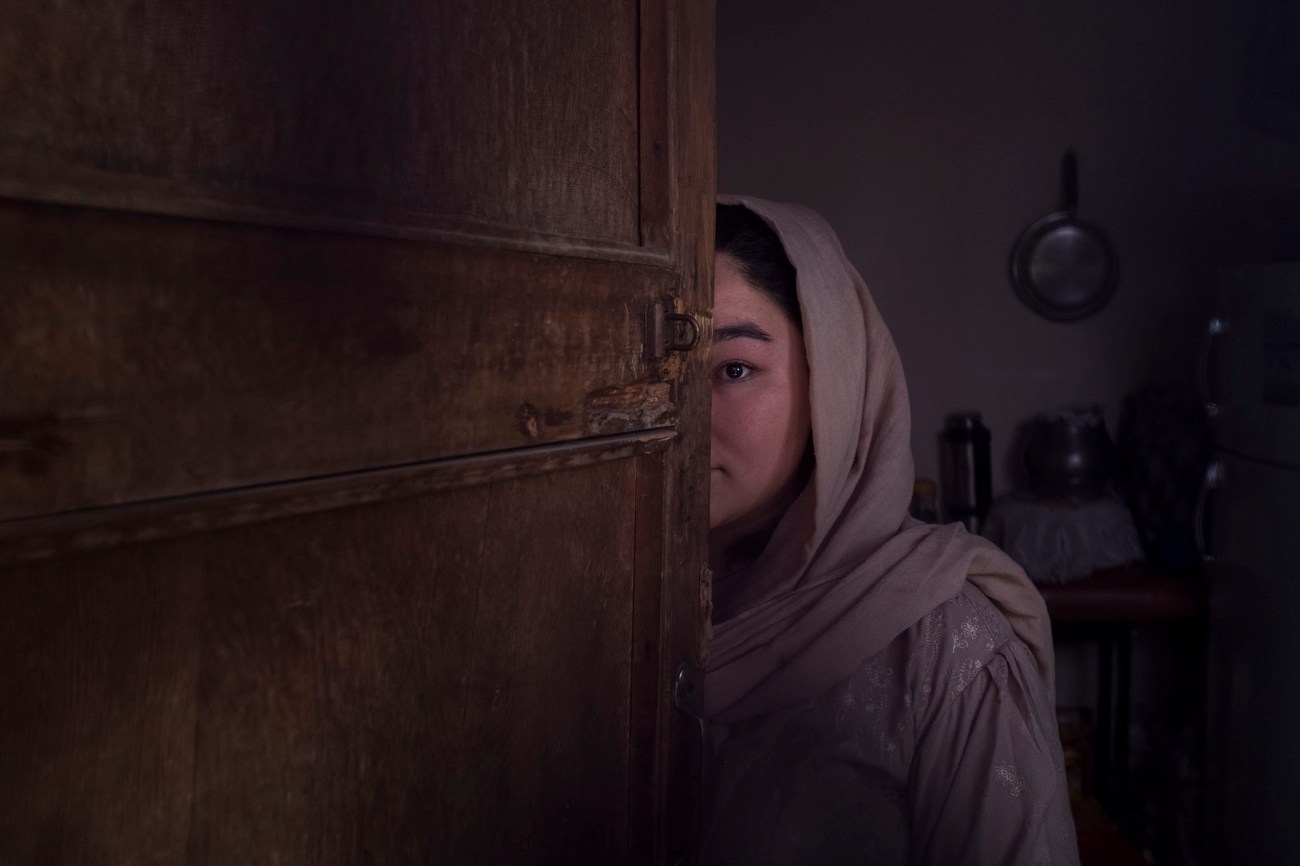
Maryam, a 21-year-old, worked as a wedding videographer. One night after work, she ended up at a Taliban checkpoint. They investigated her, insulted her, and called her a prostitute for being out late at night. She fears being out late again.
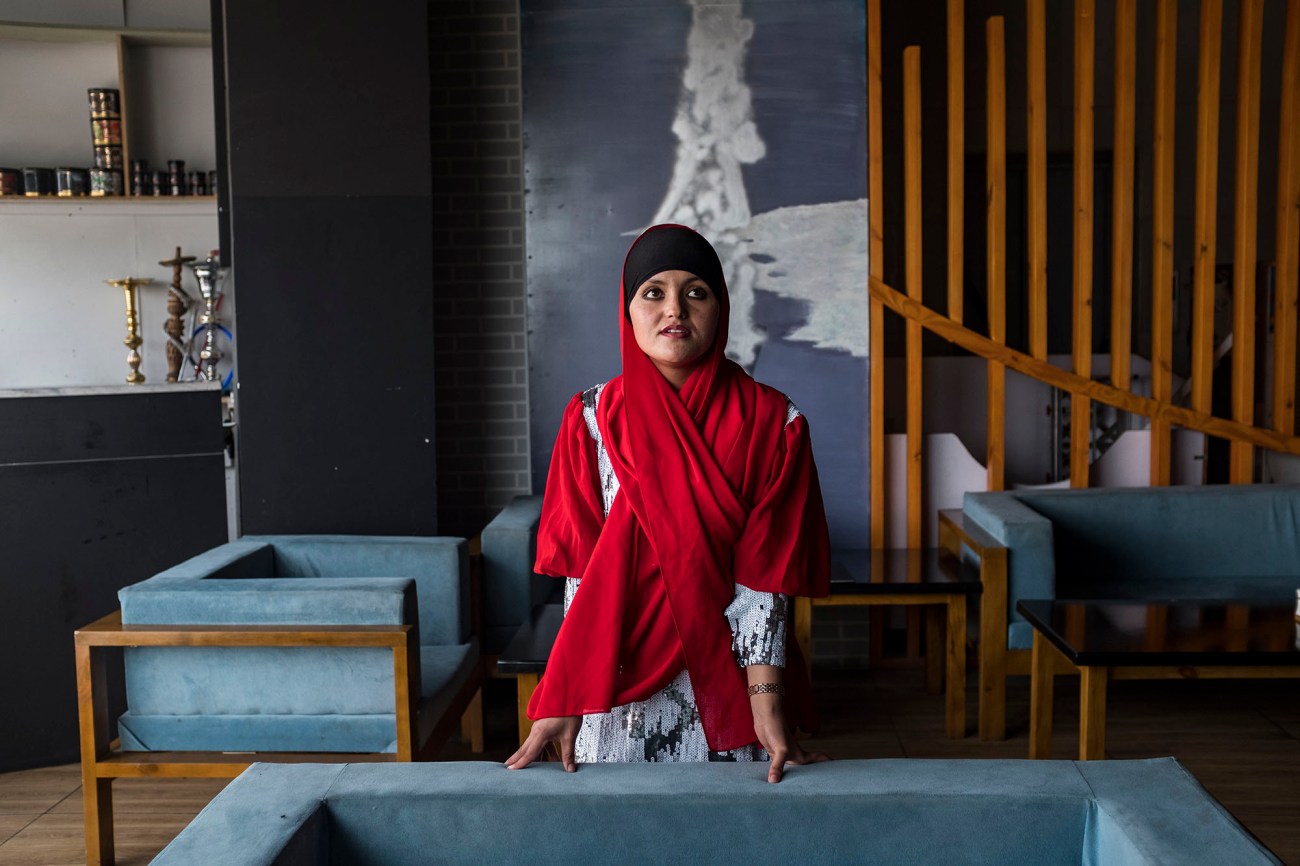
Ziba is the breadwinner of a family with five members. The 17-year-old works at a fast-food restaurant, where she fears the Taliban will shut down operations, cutting off her income.
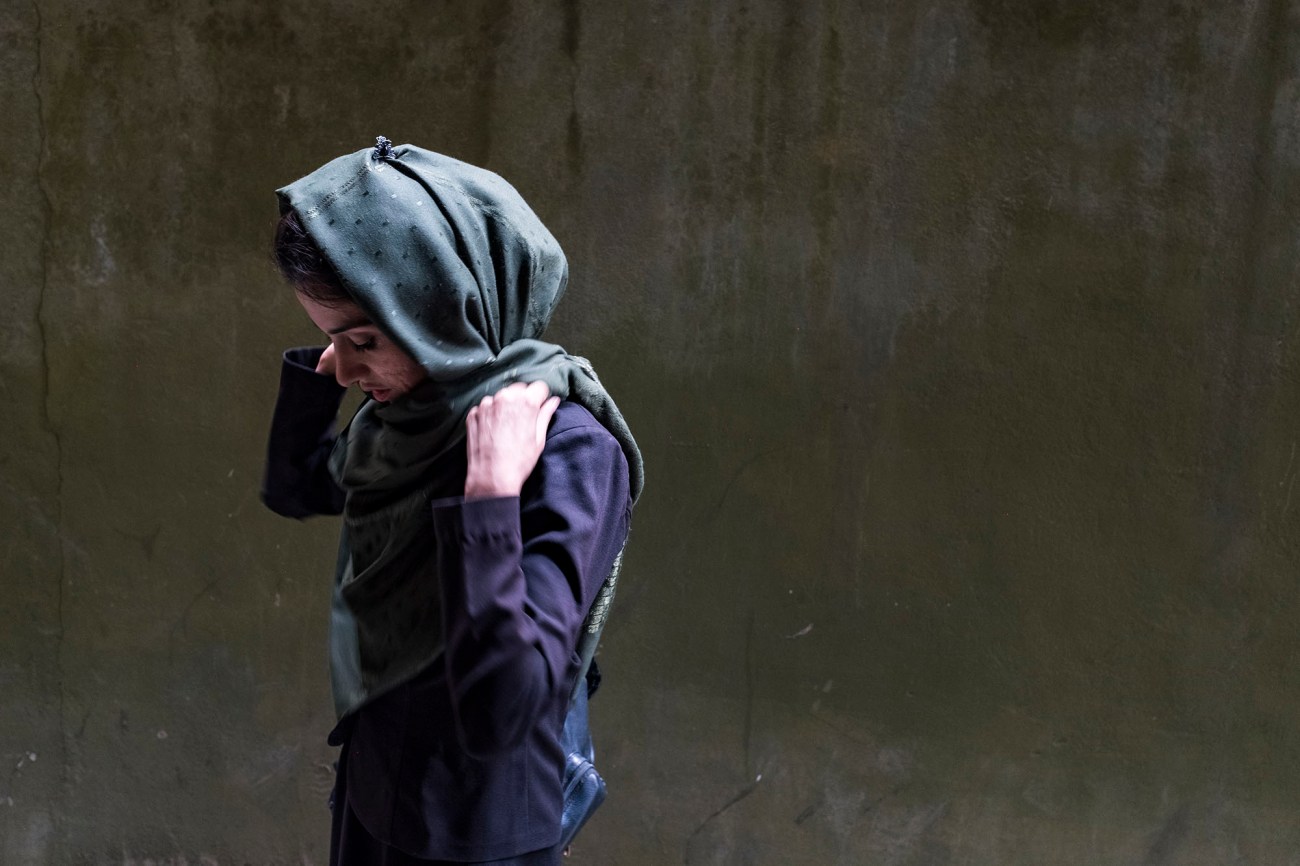
Sahar had a dream to be a journalist and worked as a consultant in parliament. Since the Taliban’s arrival, the 21-year-old switched to studying midwifery.
I cannot imagine the refugee women I have met surviving under Taliban control. The college student—who had, just before the fall of Kabul, chosen to liberate herself from an abusive marriage—would not have easily stomached a mahram requirement. The woman who supported her parents and siblings by working as a uniformed military officer—a traitor in the eyes of the unforgiving Taliban—might have met the same fate as her colleagues. These are the women who, from afar, inspired the characters in my novels. Now I feel as if I am sitting with my protagonists, their stories bearing sometimes an uncanny resemblance to my plots. Life and art flow in an infinity loop.
For the women in these photographs, life has likely become even harder since October, as a waitress or a wedding videographer. Inflation, unemployment, and famine have left half the country hungry and impoverished. The United Nations predicted that Afghanistan could fall into near universal poverty by mid-2022. The Taliban prime minister has deflected responsibility, “remember, the Emirate had not promised you the provision of food. The Emirate has kept its promises. It is God who has promised his creatures the provision of food,” Mullah Hassan Akhund stated. Rules and restrictions, policing and punishments are the domain of the Islamic Emirate.
Still, the midwifery students, like those Mehri photographed, are confident that they will be able to continue their work, since the Taliban likely sees its role more as an extension of childbirth than an occupation. Afghanistan already ranks dismally in global maternal and infant mortality rates. According to the World Health Organization, 638 Afghan women die per 100,000 live births. We can only expect these statistics to get worse.
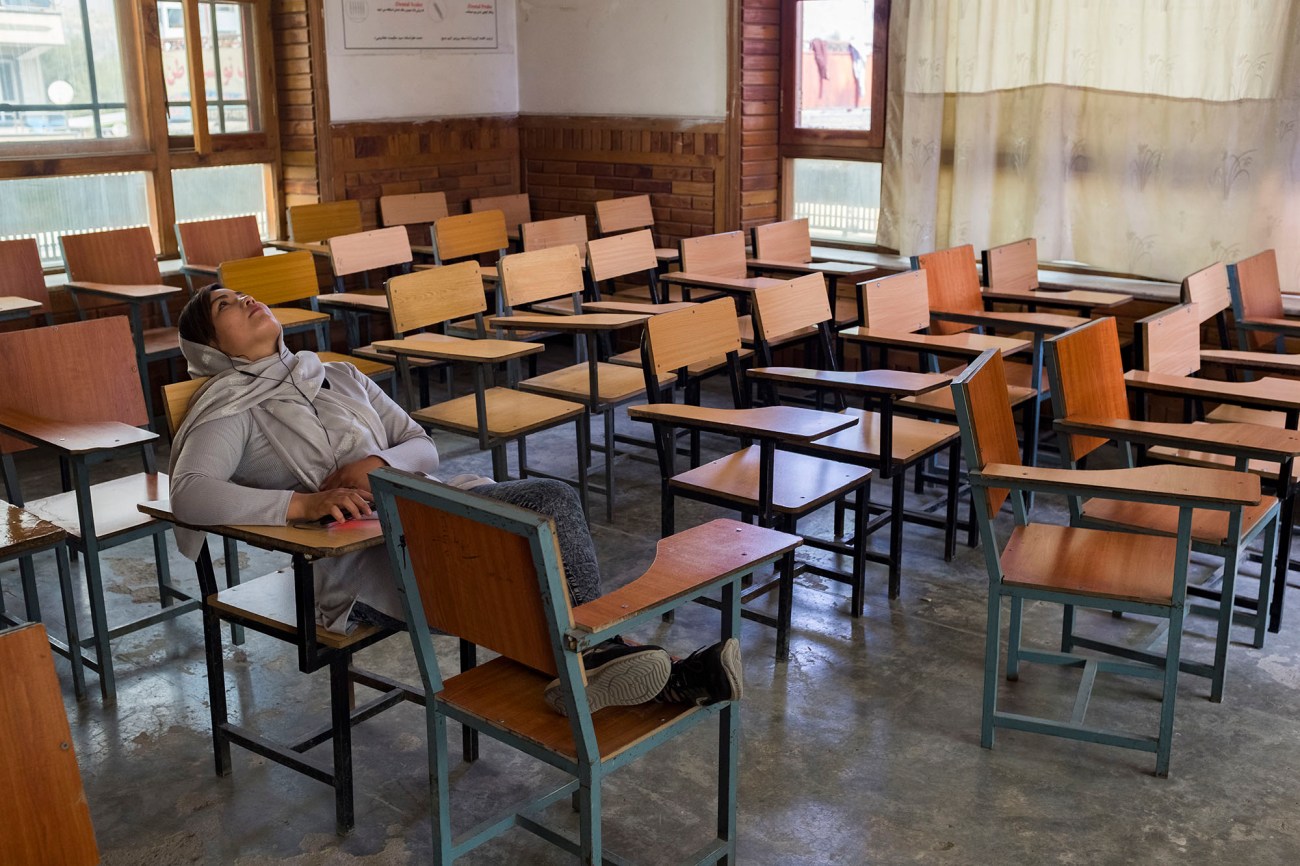
Belches came to the university to avoid being at home. The 21-year-old is too despondent, she said, to pass her exams.
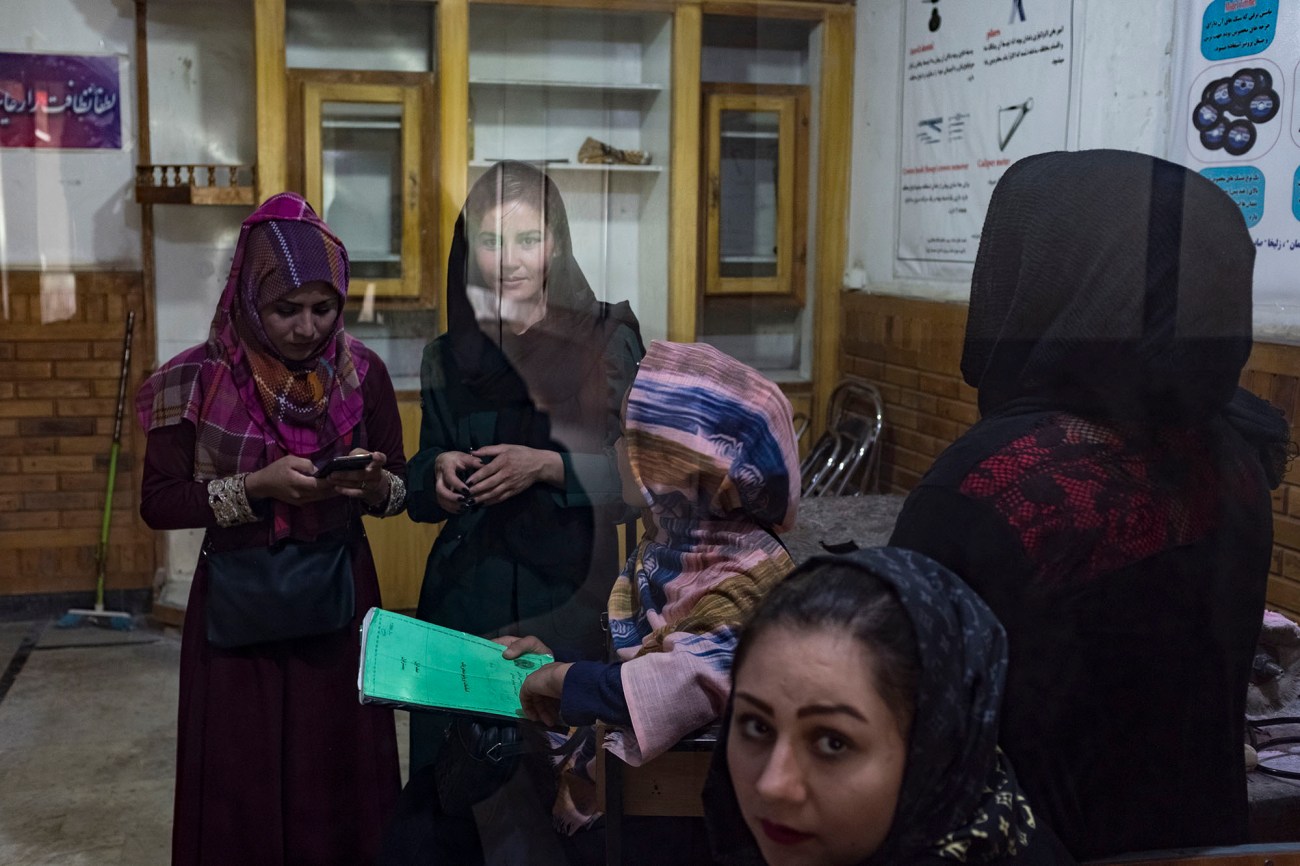
Students of midwifery wait for their final exam.
Among those who remain are those willing to take their resistance to the streets—those the Taliban has become increasingly retaliative toward.
On January 16, a group of Afghan women protesting the disappearance of Alia Azizi, an officer of the Afghan National Police and Herat prison official, marched around Kabul University. In addition to her release, they wanted the right to return to work and pursue their educations. Taliban patrols pepper-sprayed the women, pointed guns at them, shocked some with electrical devices, and discredited them as “puppets of the West” and prostitutes.
Three days later, a journalist and human rights defender in her mid-twenties named Tamana Paryani posted a frantic video from the apartment she shared with her three sisters, the youngest of whom is only 13 years old. One of her YouTube videos is 46 seconds of Paryani in a moving car; set to soulful Farsi music, she smiles into the camera, then closes her eyes in a moment of bliss as the wind tousles her hair. Paryani’s joyride is in stark contrast to the January video that was shared and reshared: “Help! Please, the Taliban have come to my house. My sisters are at home,” she shouts in the dark recording. There was no sign of the four Paryani sisters or fellow protester, Parwana Ibrahimkhel, until the United Nations Assistance Mission in Afghanistan announced they had been “released by the de facto authorities” on February 13. Before that, the Taliban had denied any responsibility and suggested that Paryani staged the video.
The deflection is an archaic one—don’t believe women.
Days later, we were hearing about more terrifying night raids and detentions in Mazar-i-Sharif, one of Afghanistan’s largest cities in the north of the country. Since last August, a growing network of women in the city have been organizing protests demanding the right to work and go to school. “For over a month, we have seen the Taliban stifling dissent and intensifying their attacks on protesters across Afghanistan,” Shaharzad Akbar, former chair of Afghanistan’s Independent Human Rights Commission, told the Guardian in late January. “Earlier we heard reports of protesters in Mazar being detained. There were also allegation of them being tortured, assaulted and harassed while in detention.”
Harrowing stories emerge. “Medical staff at the government-run Mazar-i-Sharif Regional Hospital say they are receiving about 15 bodies brought in by Taliban fighters each month. The majority are female and most have gunshot wounds to the head or chest,” tweeted Charlie Faulkner, a writer for the UK paper The Times.
But the skeptics are ready for these reports of bodies riddled with bullets: Wouldn’t these families have gone public about these abuses if they were true? Questions mount when even the hospital itself denies The Times report. Families of the detained or murdered have already been shattered by the Islamic Emirate. They are surely not eager to press themselves into the sword’s blade again. And in a society in which the honor of a family depends on the chastity of its women, there will be no rush to report a rape. Between the family’s self-preserving reticence and a lack of visibility of Taliban conduct, the Taliban seems well positioned to maraud with impunity.
The Taliban has been afforded tremendous grace. In the world’s judgment, the Taliban is innocent until proven guilty. The women—the missing, the dead, and the witnesses—could be lying. The hesitation to expose or claim human rights abuses is understandable, though. Women all carry the legitimate fear that if we were to get one detail wrong, we would be affirmed as unreliable narrators.
In the face of night raids and extrajudicial killings, the chants in the street for “bread, work, freedom” may dampen. Women will think twice about marching, which is, of course, the sign of a successful terrorist regime. Let the blood of the dissidents run in full view. And when acts of resistance are reduced to curses under a burqa or tears behind closed doors, it becomes easier for the oppressors to claim they represent the will of the people.
When the oppression takes on a multitude of forms, so does the resistance. I see protest in the bright red hem of a dress, in a salon still standing, in the ushering of new life into a broken world. It occurs to me that the women did not refer to this bleak Kabul as Dozakh, or Hell, and perhaps this is a sign. These women are adrift in a bottomless brine but still have the taste of fresh water on their tongues. This last drop of hope, too, is resistance.
